March 30, 2011 — Catalysts made of carbon nanotubes (CNT) dipped in a polymer solution equal the energy output and otherwise outperform platinum catalysts in fuel cells, a team of Case Western Reserve University engineers has found.
Liming Dai, professor of chemical engineering and the research team leader, with research associates Shuangyin Wang and Dingshan Yu, found that by simply soaking carbon nanotubes in a water solution of the polymer polydiallyldimethylammoniumn chloride for a couple of hours, the polymer coats the nanotube surface and pulls an electron partially from the carbon, creating a net positive charge.
They placed the nanotubes on the cathode of an alkaline fuel cell. There, the charged material acts as a catalyst for the oxygen-reduction reaction that produces electricity while electrochemically combining hydrogen and oxygen.
In testing, the fuel cell produced as much power as an identical cell using a platinum catalyst. But the activated nanotubes last longer and are more stable, the researchers said.
The simple polymer-coating technique on CNTs can knock down one of the major roadblocks to fuel cell use: cost. Platinum, which represents at least a quarter of the cost of fuel cells, currently sells for about $65,000 per kilogram. These researchers say their activated carbon nanotubes cost about $100 per kilogram.
Unlike platinum, the carbon-based catalyst doesn’t lose catalytic activity or efficiency over time; isn’t fouled by carbon monoxide; and is free from the crossover effect with methanol. Methanol, a liquid fuel that’s easier to store and transport than hydrogen, reduces activity of a platinum catalyst when the fuel crosses over from the anode to the cathode in a fuel cell.
The work is published in the online edition of Journal of the American Chemical Society at http://pubs.acs.org/doi/full/10.1021/ja1112904.
The new process builds on the Dai lab’s earlier work using nitrogen-doped carbon nanotubes as a catalyst. In that process, nitrogen, which was chemically bonded to the carbon, pulled electron partially from the carbon to create a charge. Testing showed the doped tubes tripled the energy output of platinum.
Dai, who is a member of the Great Lakes energy Institute, said the new process is far simpler and cheaper than using nitrogen-doped carbon nanotubes and he’s confident his lab will increase the energy output as well. The researchers believe they can boost the power output and maintain the other advantages by matching the best nanotube layout and type of polymer.
Learn more at http://www.case.edu/.
Also read the Energy Storage Trends Blog
Follow Small Times on Twitter.com by clicking www.twitter.com/smalltimes. Or join our Facebook group


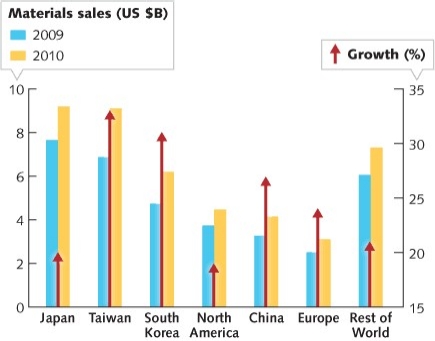
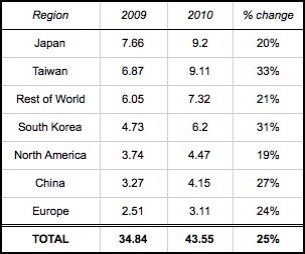
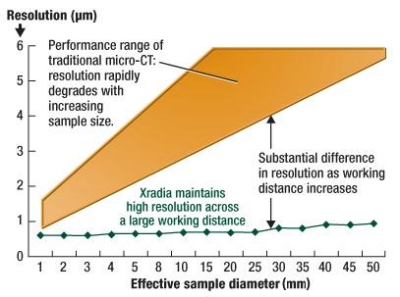
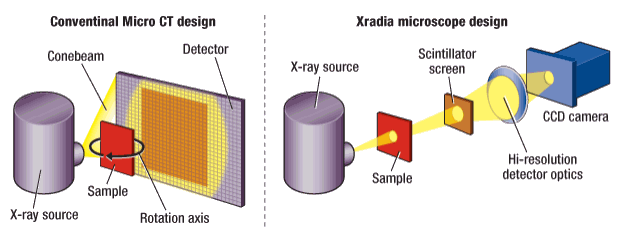

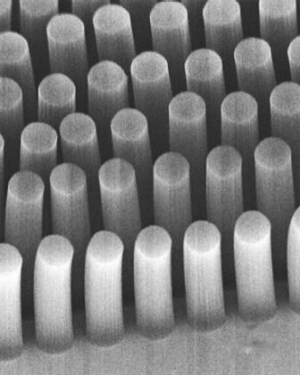

 Ablestik C100 series film die attach materials workability has been established on die sizes ranging from 1 x 1mm up to 6 x 6mm for a variety of
Ablestik C100 series film die attach materials workability has been established on die sizes ranging from 1 x 1mm up to 6 x 6mm for a variety of